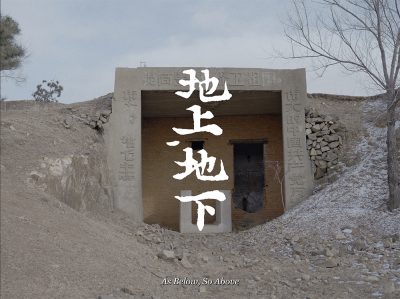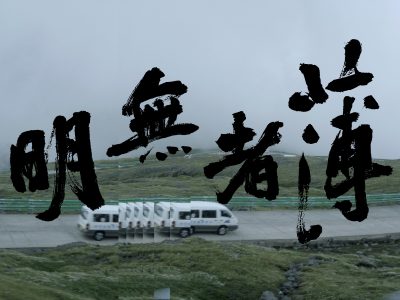Displacement >
The Infinite Train (2020-)
Taking the war history as a point of departure, the research framework of The Infinite Train is based on the Greater East Asia Railroad, a mega infrastructure project proposed by the Empire of Japan in the early twentieth century. This research-based project focuses on the Manchurian belt as a meeting point between Europe and Asia, under the influences of multinational power struggle, how the concepts of human displacement and its mobility, labour of construction, emotional trauma, identity construction and transformation, ‘nation-making’ are interwoven through the transcontinental railway system and infrastructure. The project reaches out to the people who floated through history and were eventually forgotten or erased.
After the signing of Sino-Russian Secret Treaty (中俄密約) (1896), the Empire of Russia was granted the permission of building a railway in Northeast China, and in 1903 the railway was completed through the Manchurian belt, once named the ‘Eastern Qing Railway’ (東清鐵路) or ‘Chinese Eastern Railway’ (中東鐵路). Under the circumstance, the Siberian Railway, which could be connected to the Chinese Eastern Railway, greatly shortened the original plan of crossing southern Russia, making it the fastest transport link between Asia and Europe at the time, and today we call it the ‘Eurasian Land Bridge’ (亞歐大陸橋).
From 1912 onwards, Sun Yat-sen published a series of railway projects in the hope of attracting foreign investment and engineers to build a railway connecting the three major ports in China, decentralised railway lines through the country, and a link to the Siberian Railway. This mega-infrastructure plan, was once named ‘200,000 Mile Railway Project’, was published in The International Development of China, which was later translated into Chinese as ‘實業計劃’(literally means ‘Plan of Infrastructure’).
In 1938, as an alternative to the former Soviet Union’s monopoly on the Siberian Railway, the Japanese Ministry of Railways Superintendent Yumoto Noboru (湯本昇) announced the ‘Trans-Central-Asian Railway Project’ (中央アジア橫斷鉄道計畫), which proposed a railway line comparable to the Siberian Eurasian Transcontinental Railway, starting in Japanese-occupied Korea, passing through Baotou (包頭) and Xi’an (西安) in China, crossing the southern Tian Shan range into the Pamir plateau of Afghanistan, and eventually connects with the Baghdad Railway in Istanbul, Turkey. When Yumoto proposed the plan to lay railway tracks along the Central Asian region known as the ‘Silk Road’, many in Japan laughed at the absurdity of the idea, calling it a fool’s errand.
After the outbreak of the Pacific War and the fall of Singapore to the Japanese imperial forces in 1942, the ‘Greater East Asia Railroad’ (大東亞縱貫鐵道) was introduced as a series of railway clusters, which was obviously based on Yumoto’s plan. The Greater East Asia Railroad was planned to run south to Beijing, Nanjing, Hankow, Nanning, Guangzhou, and Hong Kong, and then south to connect with the Burma Railway and eventually with Japan’s ally Germany.
In an age when travel by air was still uncommon, man’s radical imagination of infrastructure revolved around railways and ports. Cities were simply connected by straight lines on blueprints, lands were cut out, and the geographical landscape was flattened. Infrastructure was thought of on a much larger scale than life forms, and while wartime infrastructure rose up, many people were displaced and forced to move.



